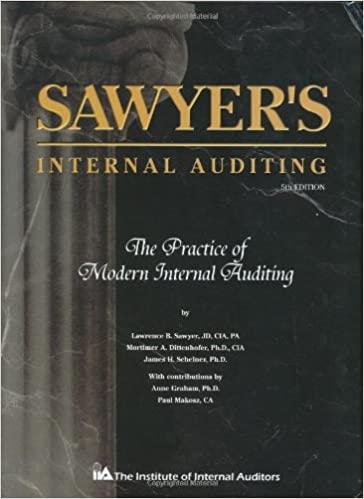Answered step by step
Verified Expert Solution
Question
1 Approved Answer
Favourable and Unfavourable Variance: If the actual cost is less than standard cost, the difference is known as a favourable variance, credit variance or positive

Favourable and Unfavourable Variance: If the actual cost is less than standard cost, the difference is known as a favourable variance, credit variance or positive variance denoted by (F) or Cr. - it increases the profit. on the other hand, it actual cost exceeds, standard costs, the divergence is known as an unfavourable variance, debit variance, negative variance or adverse variance denoted by (A) or Dr.- it reduces the profit. Controllable and Uncontrollable Variance: When the variance with respect to any cost item reflects the degree of efficiency of an individual or department, Le., a particular individual or departmental head is responsible for the variance, the variance is known as a controllable variance. Obviously, such a variance is amenable to control by suitable action. An uncontrollable variance is one which is not amenable to control by individual or departmental action. Such a variance is caused by extemal factors like change in market conditions, fluctuations in demand and supply, etc. No particular individual within the organisation can be held responsible for it When variances are reported, attention of the management is particularly drawn towards controllable variances. If a variance has been caused by multiple factors, the part of cost variance relevant to each factor should be determined. 133 There are certain variances which may arise under material, labour or overhead due to change in the basic condition on which the standards are established Revision Variance: This is amount by which a budget is revised but which is not incorporated in the standard cost rate as a matter of policy. The standard costs may be affected by wage rate changes after wage accords, fiscal policy etc. The standard costs are not disturbed to account for these uncontrollable factors and to avoid the amount of labour and cost involved in revision, the basic standard costs are allowed to stand. It is essential to isolate the variance arising out of non-revision in order to analyse the other variances correctly. Method Variance: It is the difference between the standard cost of the product manufactured or operation performed by the normal methods and the cost of operation by alternative method. Standards usually take into account the best method applicable, and any deviation will result in an unfavourable variance. Hence such deviations should be as tew as possible. Variance analysis usually proceeds after amending the standards according to the revision variance and the methods of variance Standard cost of a product in a factory is predetermined as follows: 20 30 Material (5 units @ 74 each) Labour (20 hours @ 81.50 per hour) Overhead expenses Total During a period. 8,000 units were produced whose actual cost was as follows: 10 60 2,02,500 2,40,000 Material (40.500 units @ 85 each) Labour (1.50,000 hours @ 21.60 each) Overhead expenses Total Prepare a statement showing standard cost, actual cost and variances. 90.000 5.32.500
Step by Step Solution
There are 3 Steps involved in it
Step: 1

Get Instant Access to Expert-Tailored Solutions
See step-by-step solutions with expert insights and AI powered tools for academic success
Step: 2

Step: 3

Ace Your Homework with AI
Get the answers you need in no time with our AI-driven, step-by-step assistance
Get Started


